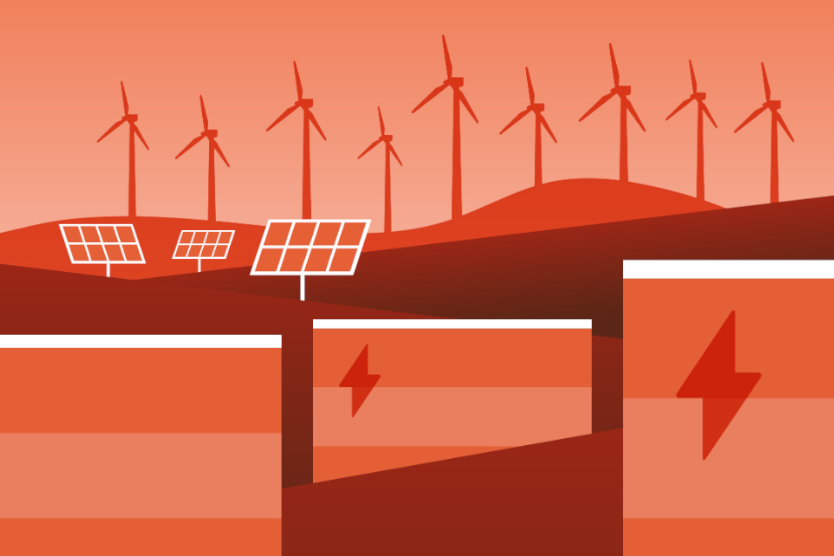
A team at the Technical University of Munich (TUM) has now developed a hybrid-graphene material for a new generation of supercapacitors which is both high performance and sustainable.
Supercapacitors are used in applications where rapid electric charge/discharge cycles are needed for example in trains, buses, cranes and elevators, and on a smaller scale for power backup in portable devices. The main problem with them, however, is their lack of energy density, compared to lithium accumulators.
A team at the Technical University of Munich (TUM) under Roland Fischer have now developed a hybrid-graphene material for a new generation of supercapacitors which is both high performance and sustainable. The new storage technology has an energy density of up to 73 watt-hours per kilogram, compared to 16 kW/kg in other supercapacitors.
The storage concept is inspired by the hybridity found in nature. “Nature is full of highly complex, evolutionarily optimised hybrid materials – bones and teeth are examples,” says Fischer in a press release.
Multiple complex conditions are required for graphene hybrids to work. “The high performance capabilities of the material are based on the combination of the microporous MOFs [metal organic frameworks] with the conductive graphene acid,” explains the first author of the report, Jayaramulu Kolleboyina, in the press release.
To achieve a chemically stable hybrid, the team had to find a way of creating strong chemical bonds similar to those found in amino acids. “In fact, we have connected the graphene acid with a MOF-amino acid, which creates a type of peptide bond,” explains Fischer. The more stable the bonds, the more charging and discharging cycles are possible without a drop in performance. The new cell retains close to 90 percent capacity even after 10,000 cycles, compared to a life span of c. 5,000 cycles in a lithium accumulator.
The TUM team worked with electro-chemistry and battery research experts in Barcelona as well as graphene derivate experts from the Czech Republic and collaborated with partners from the USA and Australia.


